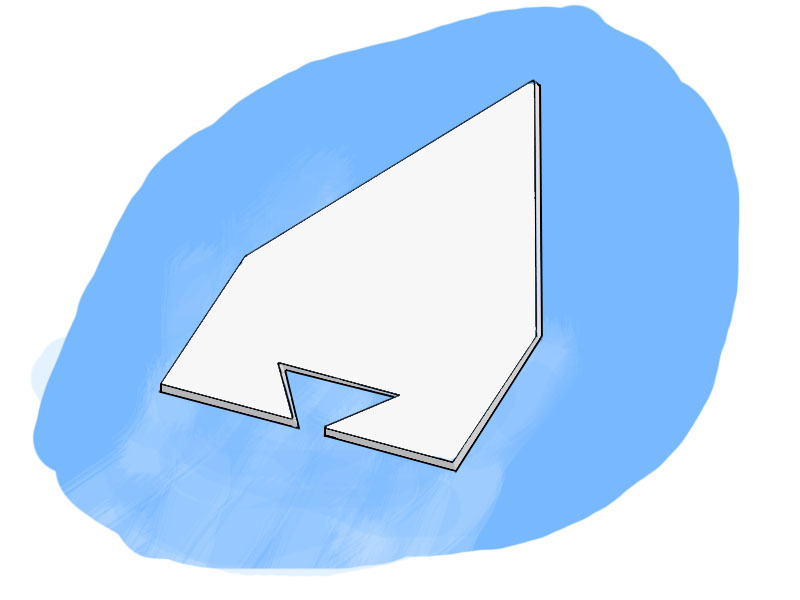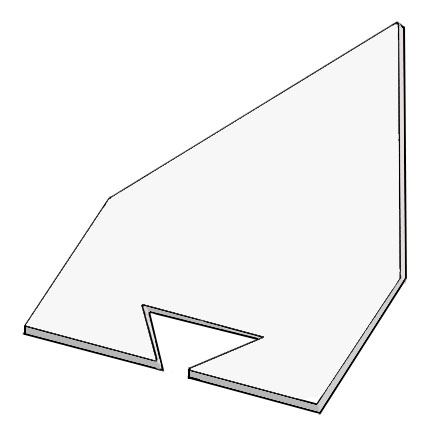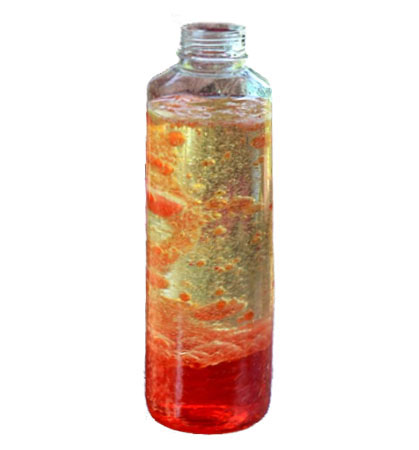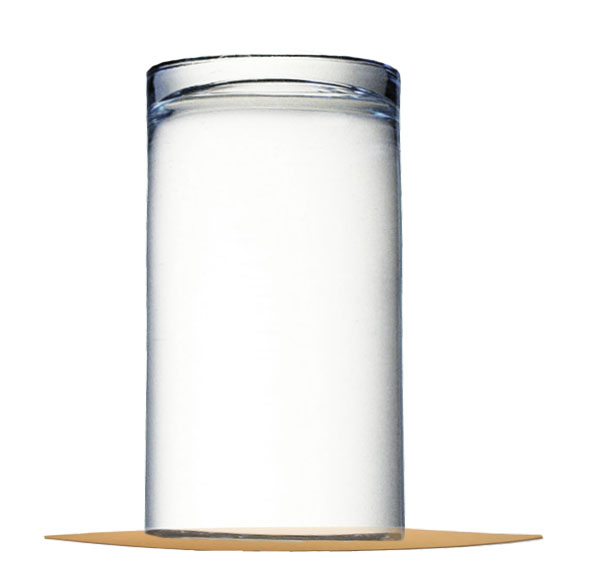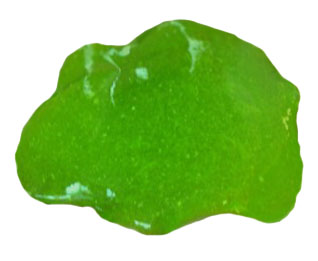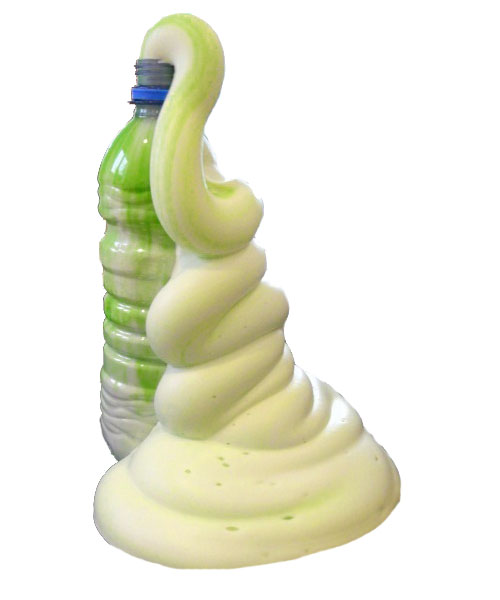 You may have seen the water fountains at many parks. These fountains give us very good view parks. So, let’s make this interesting fountain at home. This it will be colored and made of foam. We will call it the foamy fountain, and enjoy its beauty!
You may have seen the water fountains at many parks. These fountains give us very good view parks. So, let’s make this interesting fountain at home. This it will be colored and made of foam. We will call it the foamy fountain, and enjoy its beauty!
The foam that will be produced by the fountain is special because each bubble is filled with oxygen gas. You will also learn how this fountain works and what science is behind it.
Precaution: Always wear safety goggles and hand gloves when dealing with chemicals. Also, take the permission from your parents for the experiment, or involve them.
Things You Will Need
- Empty plastic bottle about 500ml (half a liter) in volume
- A half cup of Hydrogen Peroxide (20-volume or 6%)
- 1 Tablespoon of Yeast
- Liquid dish soap
- Food coloring (Red, Green or any color)
How to Make
- Pour ½ cup of hydrogen peroxide in the bottle. Be careful! When dealing with hydrogen peroxide. It can irritate the skin, so it will be advisable to get the help of an adult.
- Add few drops of food coloring of your choice into the bottle.
- Add 1 tablespoonful of liquid dishwashing soap into the bottle.
- Close the bottle with cap, and shake it so that all the liquids mix together.
- Take a cup and add 3 to 4 tablespoons of water and 1 tablespoon of yeast in it.
- Stir the cup with a spoon to mix the water and yeast together.
Your fountain is ready!
When it is time to start fountain, just add water-yeast mixture into the bottle and BOOM!
Note: Fountain will expel-out the foam so you should do this experiment at the washable area of your home.
What is Happening?
When you add the yeast into the bottle which contains the hydrogen peroxide, the breakdown of hydrogen peroxide takes place. The hydrogen peroxide is broken down into water and oxygen gas. The sudden release of oxygen in the bottle causes the bubbling. Because bottle contains liquid soap. These bubbles rush out of the bottle due to the formation of new bubbles. This will until the breakdown of hydrogen peroxide will take place.
Try It
- Increase the amount of yeast added to the bottle. Find out, does it affect the rate of reaction?
- Increase the amount of Hydrogen Peroxide and also add some water to the bottle. Find out, does it affect the timing of the fountain?
- What can you do to increase the height of the fountain? Think about it.
